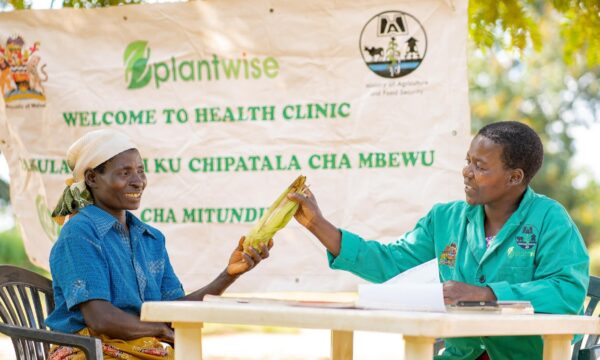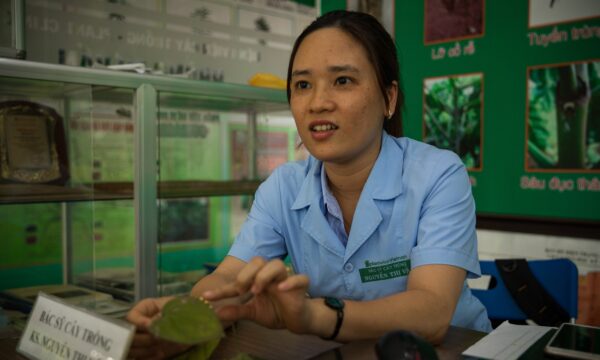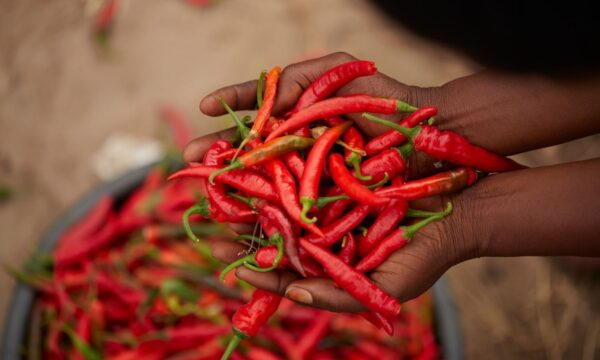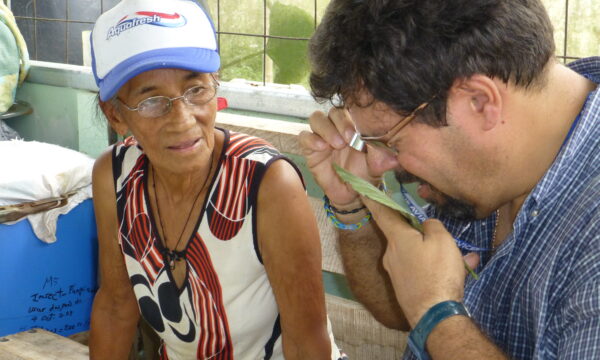Growing up in a small village in Western Kenya, I often accompanied my mother and other village women on customary weeding expeditions. Whenever we came across sick plants in the fields—which was all too often—my mother would instruct me to pull them out and cast them aside.
I did as she asked, but wondered to myself: Why do we simply throw out the plants instead of doing something to make them better?
At times, my mother lost nearly 80 percent of her tomatoes to plant disease. The loss was so bad that she eventually stopped growing tomatoes all together. Yet when one of our cows got sick, my mother would call a veterinarian to come and treat the cow. I wondered: Were there no doctors who could also cure our plants?
I turned this curiosity into a career in science and became the first child in my family to attend university as well as the first woman in my village to earn a science degree. Seeking answers to my childhood questions, I studied botany and zoology as an undergraduate to better understand the diversity of crop and animal pests and diseases afflicting farmers like my mother in Kenya and her peers across Africa. I wanted nothing more than to find a practical solution.
So, I became a plant doctor
1 Comment
Leave a Reply
Related News & Blogs
Employment pathways and business models that empower African youth engagement in agriculture
Unemployment remains a significant issue faced by young people worldwide. In sub-Saharan Africa (SSA) in particular, the youth unemployment rate is 10.17% meaning that one in ten 15-24 year-olds cannot find work. Young women and vulnerable youth,…
15 December 2025






Reblogged this on INNOVATING AGRIBUSINESS and commented:
Finding the way to help…